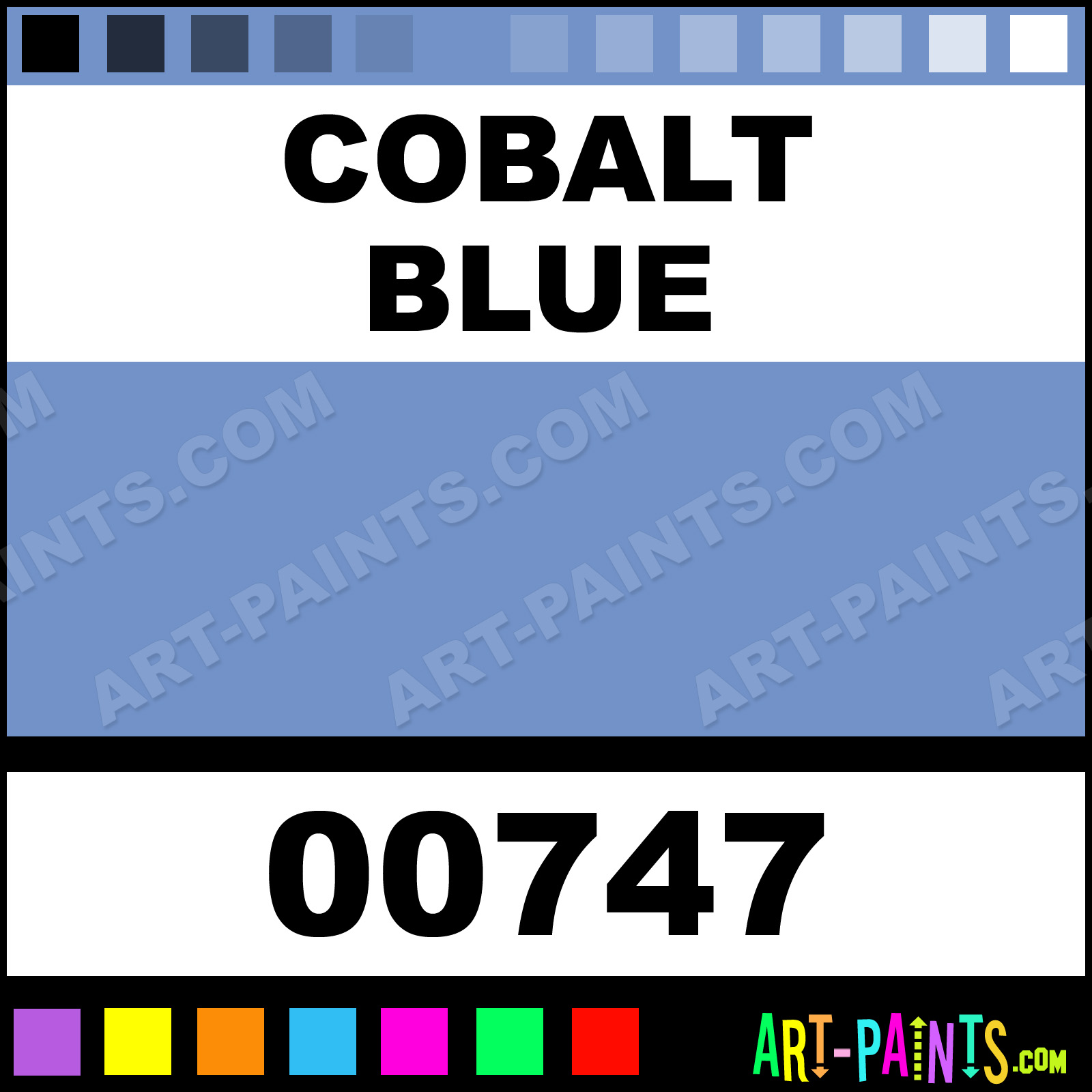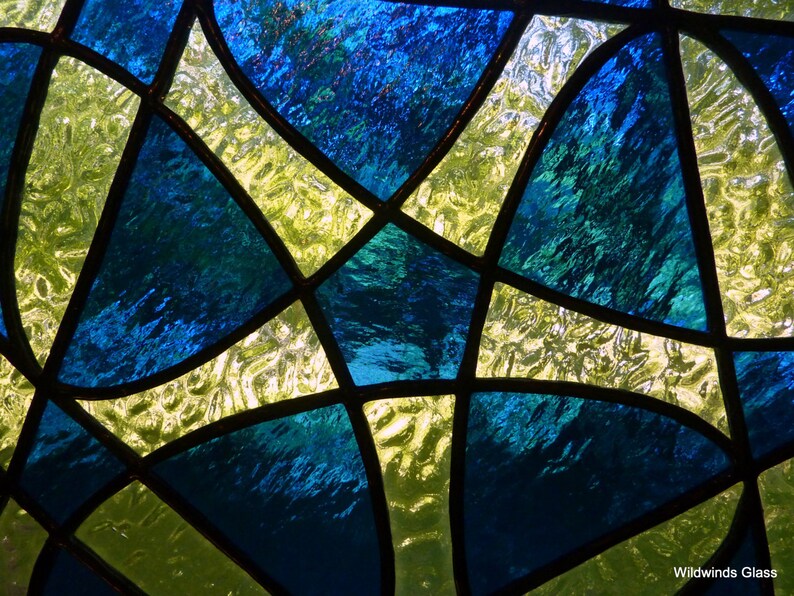

The color is caused by the size and dispersion of gold particles.

When used together with cadmium sulfide, it yields a brilliant red color known as "Selenium Ruby". It is a very important agent to make pink and red glass. Selenium, like manganese, can be used in small concentrations to decolorize glass, or in higher concentrations to impart a reddish color, caused by selenium nanoparticles dispersed in glass.The coloring is caused by silver nanoparticles. Didymium gives green color (used in UV filters) or lilac red.When used with lead glass with very high proportion of lead, produces a deep red color. Uranium glass is typically not radioactive enough to be dangerous, but if ground into a powder, such as by polishing with sandpaper, and inhaled, it can be carcinogenic. Uranium (0.1 to 2%) can be added to give glass a fluorescent yellow or green color.Titanium, rarely used on its own, is more often employed to intensify and brighten other colorizing additives. Adding titanium produces yellowish- brown glass.Together with selenium and sulphur it yields shades of bright red and orange. Cadmium together with sulphur forms cadmium sulfide and results in deep yellow color, often used in glazes.Chromium aventurine, in which aventurescence is achieved by growth of large parallel chromium(III) oxide plates during cooling, is made from glass with added chromium oxide in amount above its solubility limit in glass. Together with tin oxide and arsenic it yields emerald green glass. Chromium is a very powerful colorizing agent, yielding dark green or in higher concentrations even black color.Nickel together with a small amount of cobalt was used for decolorizing of lead glass. Lead crystal with added nickel acquires purplish color. Nickel, depending on the concentration, produces blue, or violet, or even black glass.2 to 3% of copper oxide produces a turquoise color.Very small amounts can be used for decolorizing. The best results are achieved when using glass containing potash. Small concentrations of cobalt (0.025 to 0.1%) yield blue glass.Details of the process and the composition of the glass vary and so do the results, because it is not a simple matter to obtain or produce properly controlled specimens. This process is widely confused with the formation of "desert amethyst glass", in which glass exposed to desert sunshine with a high ultraviolet component develops a delicate violet tint. In New England some houses built more than 300 years ago have window glass which is lightly tinted violet because of this chemical change and such glass panes are prized as antiques. Manganese dioxide, which is black, is used to remove the green color from the glass in a very slow process this is converted to sodium permanganate, a dark purple compound.Manganese is one of the oldest glass additives, and purple manganese glass was used since early Egyptian history. Manganese can be added in small amounts to remove the green tint given by iron, or in higher concentrations to give glass an amethyst color.With calcium it yields a deep yellow color. In borosilicate glasses rich in boron, sulfur imparts a blue color.

COBALT BLUE STAINED GLASS CODE
Use the pull-down tab to select your size:įree US Shipping on orders over $150 with coupon code SHIPFREE, orġ0% off purchases of $50 or more with coupon code TAKE10 Opaque Deep Cobalt Blue Double Rolled Stained Glass Sheet


 0 kommentar(er)
0 kommentar(er)
